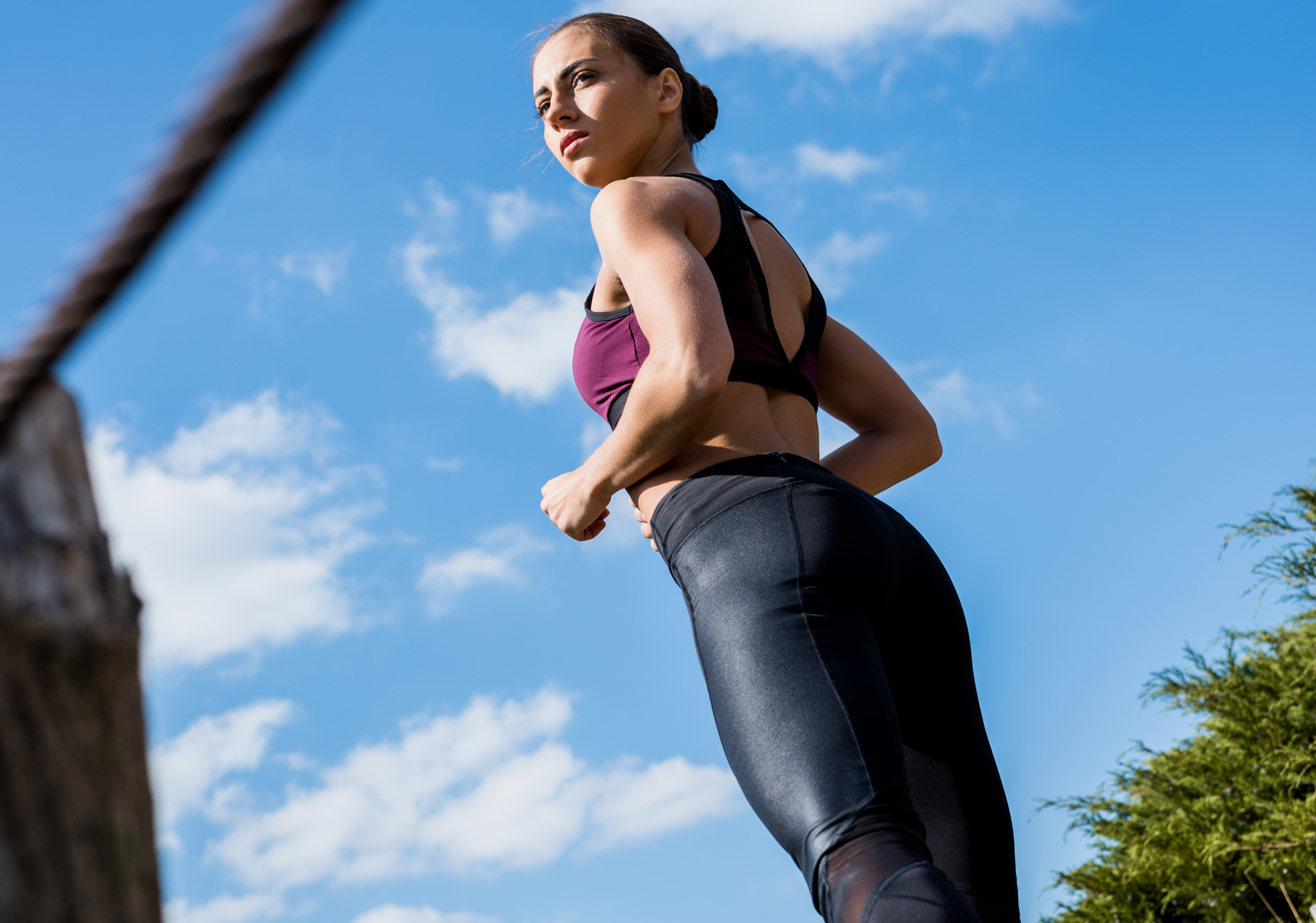Heart rate in fitness walking is very important. Together with the speed, on which it partly depends, and the distance traveled, it is one of the 3 fundamental parameters to understand if our walk as training is effective or is it just a relaxing walk.
Because if we go out for a walk thinking about keeping fit we are a bit on the wrong track. Because walking is fine, certainly more than fine compared to a sedentary lifestyle, but it’s not exactly a way to get all the benefits of fitness walking.
Walking at a brisk pace and with the right technique allows you to tone your muscles, keep your bones and joints strong, your cardiovascular system healthy and burn calories. In addition to many other benefits that we have talked about here.
But precisely, these benefits are obtained only with the brisk walking, at least 5 km/h (but for the more trained you can even reach 10 km/h, and 7 km/h is an average accessible to almost everyone). And the best metric to keep in mind is your heart rate while walking.
Heart rate when walking: how much should it be?
The heart rate values to take into account to know if you’re really doing walking come sport there are two: the Heart Rate (HR) at rest and the FC Massima. There are basically 3 methods to measure HR min and max. One is the chest heart rate monitor, which however is expensive and not exactly comfortable for those who are not used to it. Another is the heart rate monitor sport watch. Or the old method of taking pulse from neck or wrist. Simply place thumb and forefinger on either side of the neck, on the carotid artery under the jaw, or on the wrist, on the radial artery, palm facing up, count the number of beats for 15 seconds and multiply by 4 .
If the Minimum Heart Rate is the one at rest, and normally in the morning or after a few moments of relaxation it is between 60 and 70 bpm (beats per minute) the Maximum Heart Rate It’s a concept that needs some explanation. The MCMax is the maximum heart rate value tolerable by our body and varies by age.
It can be calculated very precisely with stress tests or more empirically and approximately with two mathematical formulas. The first is the Cooper’s formula which calculates the maximum heart rate as: HRMax = 220 – age (so for a 40-year-old person the HRMax will be 220 – 40 = 180).
The second is the formula in Tanakaconsidered more precise especially for the difference between young and less young, and is calculated with this formula HRmax = 208 – (0.70 x age).
Yes, for a 40-year-old person it will always be 180, but as you go down or up from this median age, the values are less distant).
Understand the reference heart rates and how to calculate them, let’s see now what should be the heart rate when walking to calibrate effective workouts.
1. Moderate level
FC is approx 68% of our HRMax, motor activity is quite intense but not too tiring, breathing is slightly labored but does not prevent us from having a conversation. It is the ideal walking heart rate for aerobic activity with little lactic acid production. So that we can also sustain for a long time, and that is ideal for making the heart and lungs work, strengthen muscles and joints and mainly burn excess fat. An excellent activity to lose weight and lose weight.
2. Medium level
The FC is approximately 78% of HRMax, the effort is decidedly intense with shortness of breath (empirically it is difficult to sustain a dialogue) and sustained pace. With this heartbeat in the walk we are in the aerobic glucose zone. That is, carbohydrates are consumed predominantly (glycogen stores and glucose) which allows you to burn calories but not necessarily eat into fat stores.
Aerobic capacity, or aerobic endurance, is also trained with this heart rate at 78% of HRMax. That is, the ability to sustain intense activity for a prolonged time, while training the cardiovascular system. The production of lactic acid has increased but not to the point of preventing our body from disposing of it.
3. High level
The FC is about 88% of HRMax, therefore the effort is very intense, the breathing very labored, the considerable commitment it is not possible in the slightest to exchange a few words. AND we are at the limit of the anaerobic threshold (as well as the speed that can be reached with fitness walking). Managing this heart rate comes after many months of training and regular practice.
Heart rate monitor apps
There are now many applications for smartphones that allow you to monitor your heart rate when you walk.
Here we talk about the best walking apps of 2022. Many of these motivate you to walk by converting the number of steps you take into a currency that you can spend in participating shops.
Credits photo: Daniel Reche da Pexels e it.depositphotos.com
Advertising
